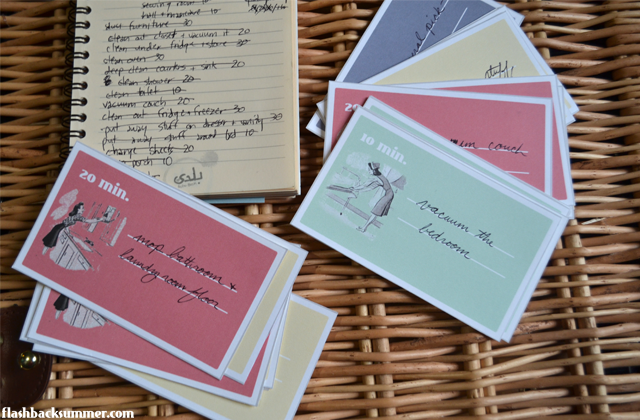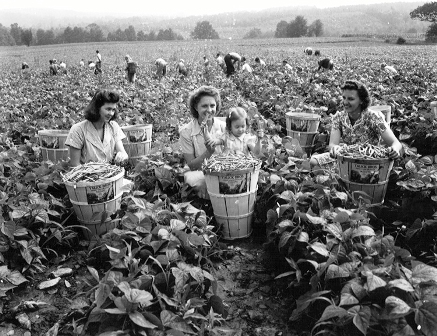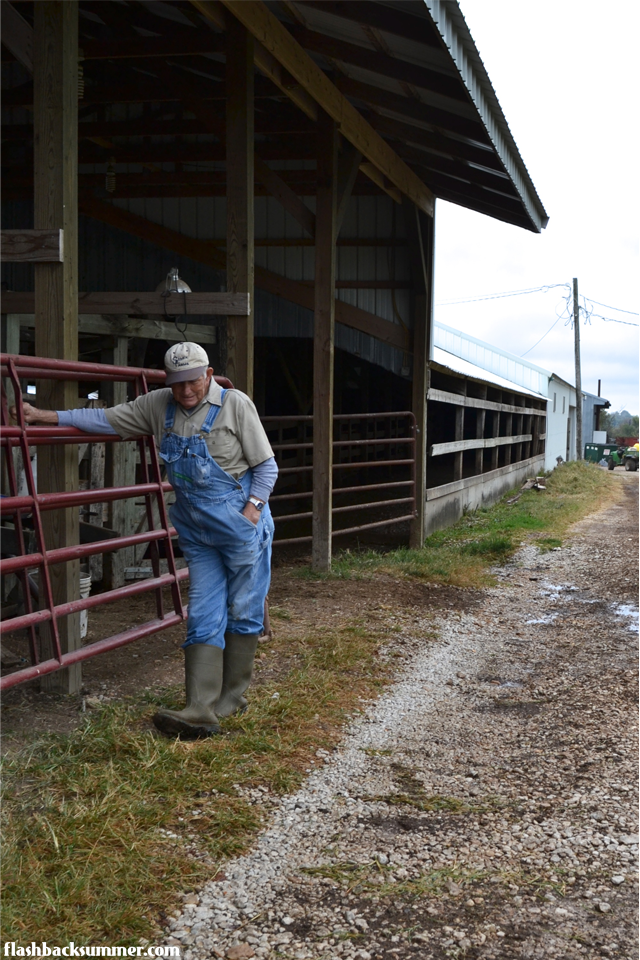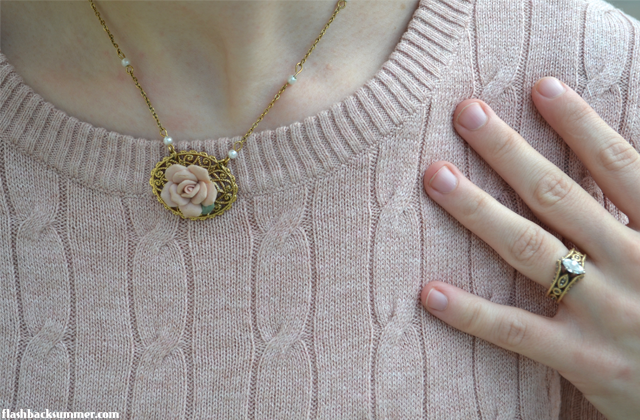
Mending and repairing clothing is an important, unavoidable part of wearing vintage. Since our clothing is older, it sometimes needs a pick-me-up to get back into wearable condition and to help preserve it for longer. However, I've learned that there are a lot of things I could do for my wardrobe that I overlooked in the beginning!
First, there are alterations. This is a touchy subject I've touched on in previous posts, but it's an option ladies in previous generations went to all the time. If you've noticed there's a garment you like but it doesn't quite fit you right, take it to be altered! I've found that when a couple little fit issues have been addressed I'll wear a garment far more often, such as my 1950s power suit.
Next, there's clothing repair. If you aren't handy with a needle and thread, this is often an easy job that can be done by dry cleaners, tailors, and sewing friends. It's important to catch rips and holes when they're small and repair them ASAP to prevent them from getting bigger. In my experience, vintage pieces often need repairs on underarms, waist seams, and hems. Before storing your clothing or putting it back into your closet to wear this season, take an evening to address the mending issues of each garment. Carefully look over the whole thing inside and out and do what needs to be done to make it sturdy again.
Lastly, it's time to take care of shoes! I didn't realize all the things that can be done to preserve vintage shoes until recently. If your shoe has an issue, take it to a cobbler or shoe repair person. You'll never know what can be done unless you ask the pros! I would recommend having these things done by a professional for it to be done right. Shoe pros have machinery, tools, and skills that aren't commonplace, so it's good to let them do these things.
Here are some of your shoe maintenance options to keep them looking better longer:
- Conditioning leather: Sometimes leather gets dry, and if it starts to crack it may never be fixable. Conditioning your leather will keep it soft, supple, and wearable.
- Weatherproofing: Wet conditions can stain leather or ruin certain types like suede. Taking your shoes to be weatherproofed will help be more water-resistant and look better.
- Heel repair: Oftentimes shoes, especially heels, will begin to wear down on the back of the sole and round off. To prevent the heel part from eroding further, get the heel tips replaced from time to time.
- Metal taps: This is an old trick you'll often see on vintage shoes and even on modern-day work and military shoes. You can get metal taps installed on certain places on the soles of your shoes that get the most wear. These taps won't erode like rubber soles and will help your shoes last longer.
- Leather repair: Brittle or worn-out ankle straps are common on vintage shoes since they've often been well-loved, especially when the wearer tended to buckle them at a certain hole every time. Take these shoes in and get a reinforcement strip of leather sewn on the back of the strap. It will prevent the strap from snapping when you walk!
- Redyeing: Not every shoe repair person will do this, but re-dyeing shoes is also an option. Redyeing can restore leather shoes to their original, vivid color. You can also dye shoes made of other materials to brighten their color or even change the color completely.
- Sewing repairs: Cobblers have special sewing machines that allow them to repair seams in shoes we home sewists generally can't fix. Catch tears in the upper parts of shoes early to keep the tear from spreading!
Do you have items in your closet that need to mended or repaired? What's your favorite mending or maintenance trick you've learned when dealing with vintage?





























































